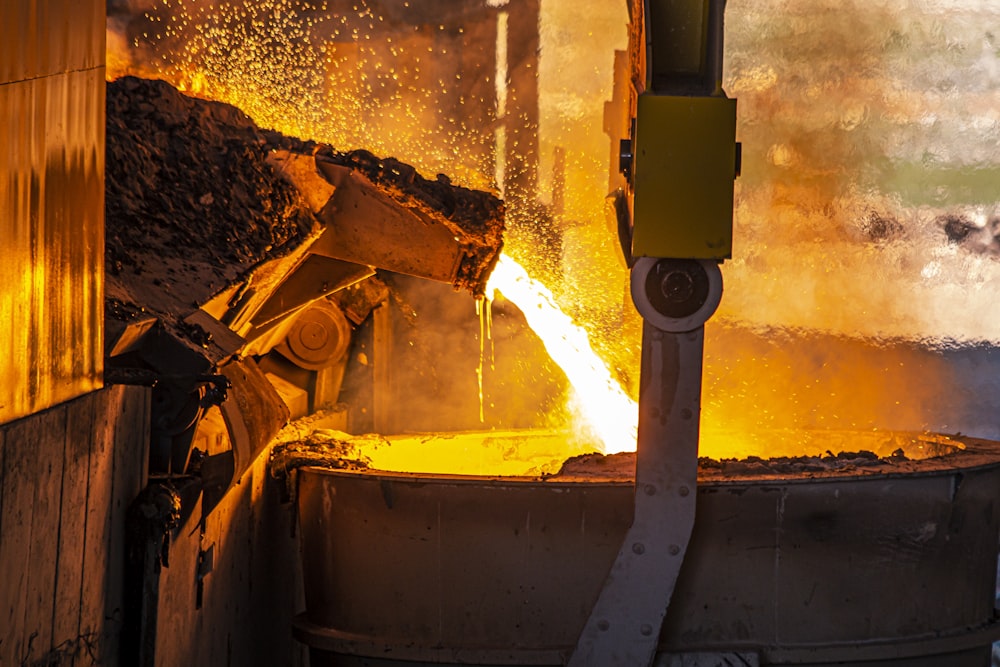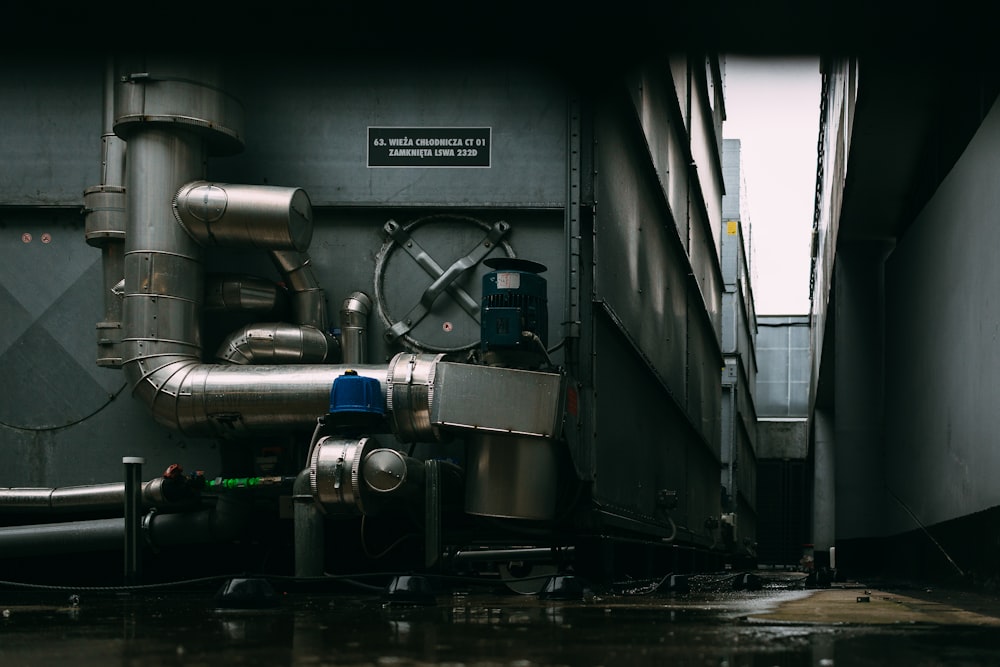An oven-type piece of equipment, which can reach high temperatures, is also called an oven-restoring furnace. It operates mainly by inserting a heating coil in an isolating material at high temperatures. The isolating substance is a muffle that prevents heat from escape.
How Works The Furnace Of A Muffle?
A Muffle furnace can heat, recover and refresh quickly in self-contained energy-efficient cabinets, with high temperatures. The object is to be heated by a muffling furnace from all the heat source by-products of combustion. The heat in the current electric furnaces is applied to a chamber using an insulated high-temperature heating coil. The isolating material functions as a muffle that prevents the exhaust of heat.
What Is The Muffle Oven?
Muffle furnaces employ technology and design to increase temperature control and insulation from combustion pollutants for heated materials. This makes the muffle furnaces useful for sample ash treatments, heat treatment, and investigation of materials.
Muffle turnouts are often used in high-temperature operations by industry producers or in laboratory facilities. The following applications include:
- Glass melting
- Create enamel lacquers
- Technical pottery
- Brazing and soldering
Today’s Furnaces
Today’s muffle furnace is normally a front loader box or tube design for applications with high temperatures like melting glass, enamel coverings, ceramic technology or soldering, and brazing. They are also utilized for determining the proportion of samples which is not fuel and non-volatile in numerous research installations. Advances in materials for heating elements like a disilicide of molybdenum in our high-temperature furnace series Rapid Temp can now produce working temperatures of up to 1,800 degrees, facilitating sophisticated metallurgical applications such as de binding, sintering, and end of metal molding processes.
The term muffle furnace is also used to designate an oven built on many of the same principles as the above-mentioned box-type furnace but takes the form of a large, long, and thin, hollow tube used in the production of rolls.
Both the furnaces discussed above are normally heated from the electric resistance heater components to the necessary temperatures by convection or blackbody radiations.
Thus, (typically) the temperature control mechanism does not involve combustion, which offers far more control over the temperature homogeneity and ensures insulation of the substance heated from fuel by-products.
Uses Of Common Muffle Oven
Sentro Tech Muffle Box Furnace image. Front photograph. Now the heat is heated using conductions, convections, or blackbody radiation processes from modern electric muffle furnaces. In this method, combustion by-products typical in non-electrical muffle furs in the early 20th century are eliminated.
Advances in heating materials like the molybdenum disilicide can also produce working temperatures of up to 1,800 degrees Celsius (3,272 degrees Fahrenheit). This high temperature permits more advanced metallurgical applications, such as debinding, sintering, and ending of metal injection molding processes.
The fully integrated heating elements provide a uniform temperature. When the door is opened, the door switch shuts power on the heating elements, minimizing exposure to warm temperatures and extending the heating element’s life. Unique ceramic fiber and dual wall structure decrease surface temperatures outside. The removable hot plate eliminates spill damage to the oven. The LED displays of these furnaces display real and setpoint temperatures concurrently.
The basic furnaces include a single LED display that switches between current and setpoint temperatures.
There are two LED screens in the single setpoint control furnaces so that the current and setpoint temperatures are shown concurrently.
Control Furnaces programmable include two LED displays to view real and set-point temperatures at the same time.
For more inquiries feel free to contact us! We make it easy and fast for our customers to get the help they need.



